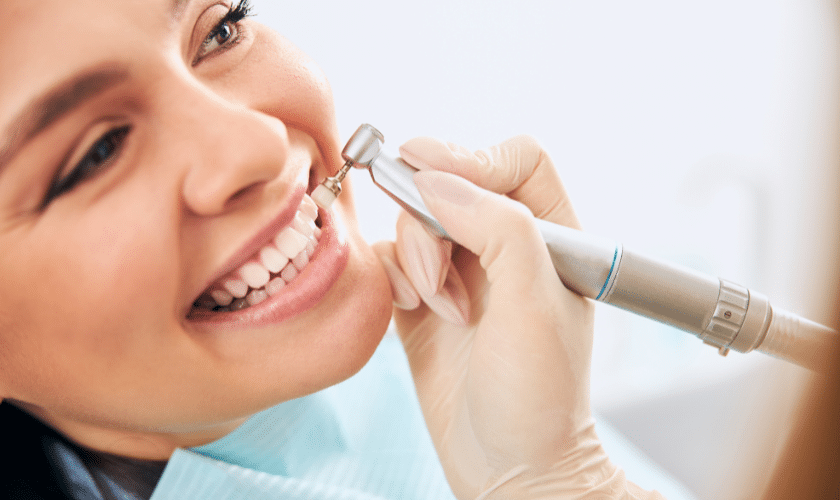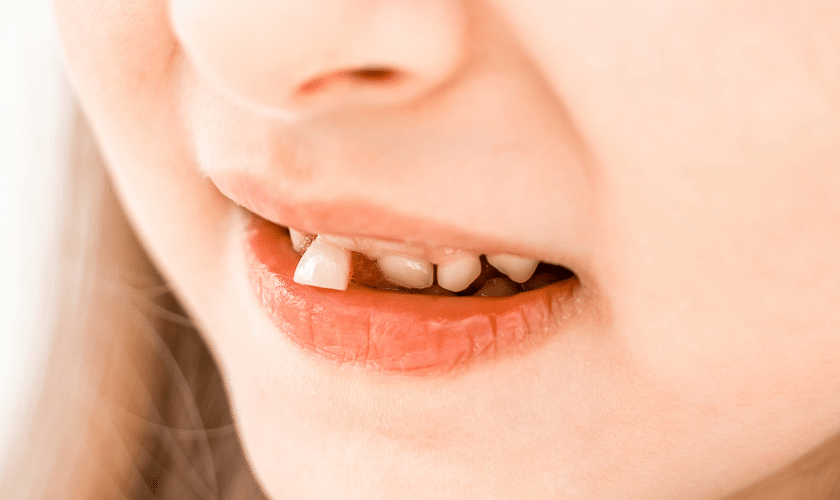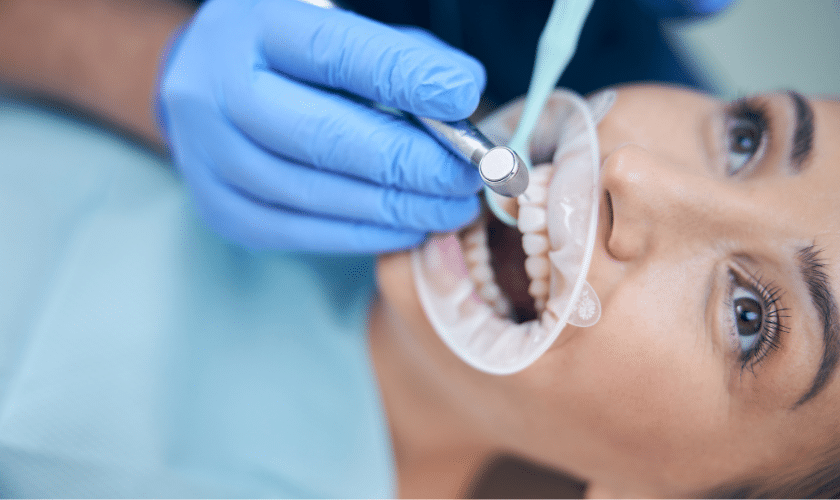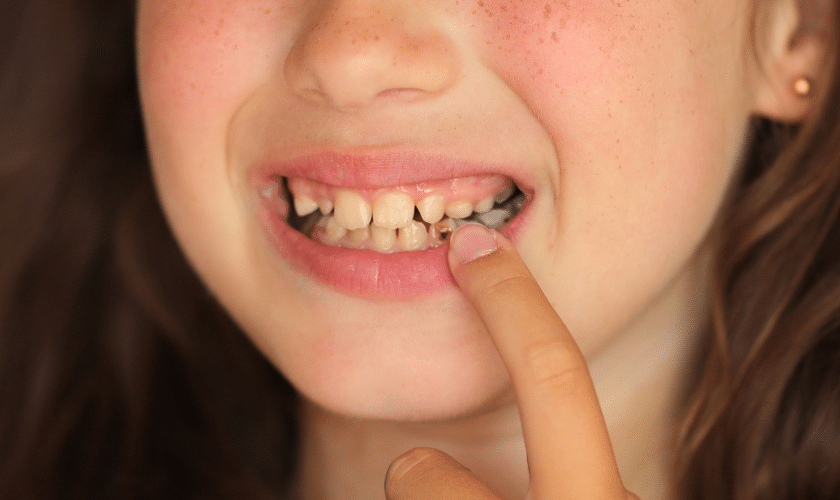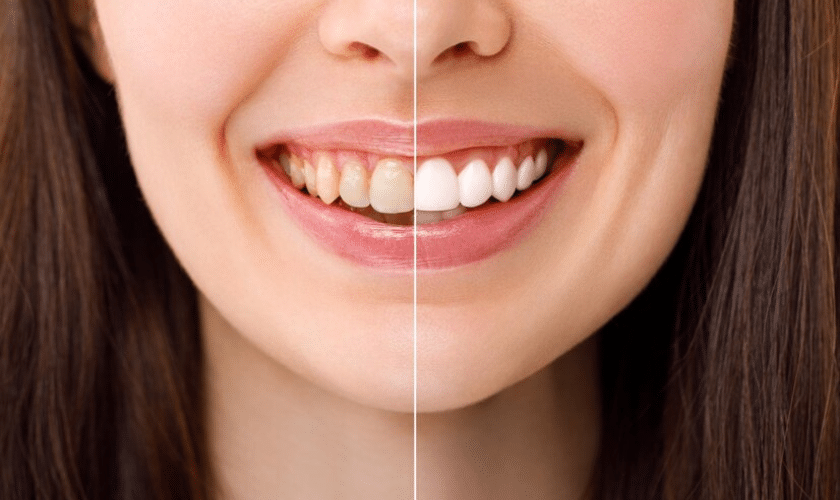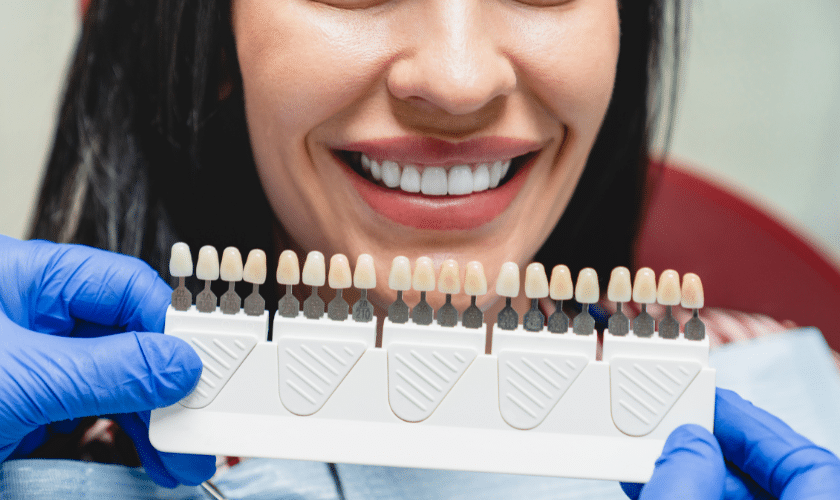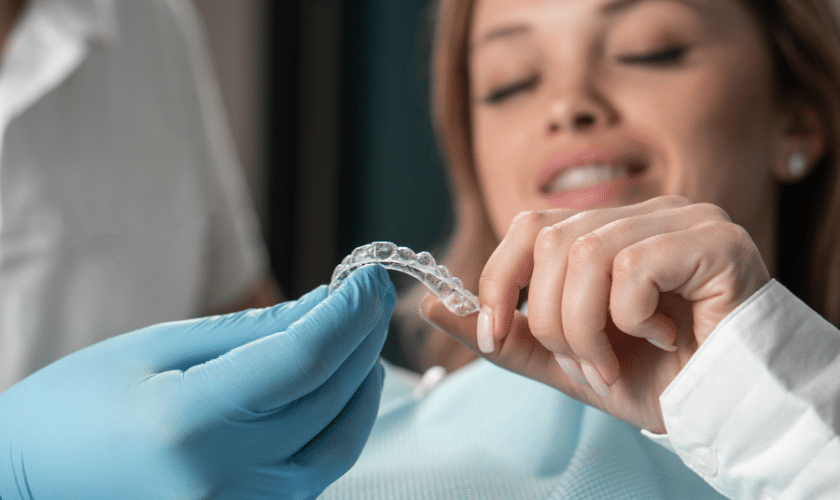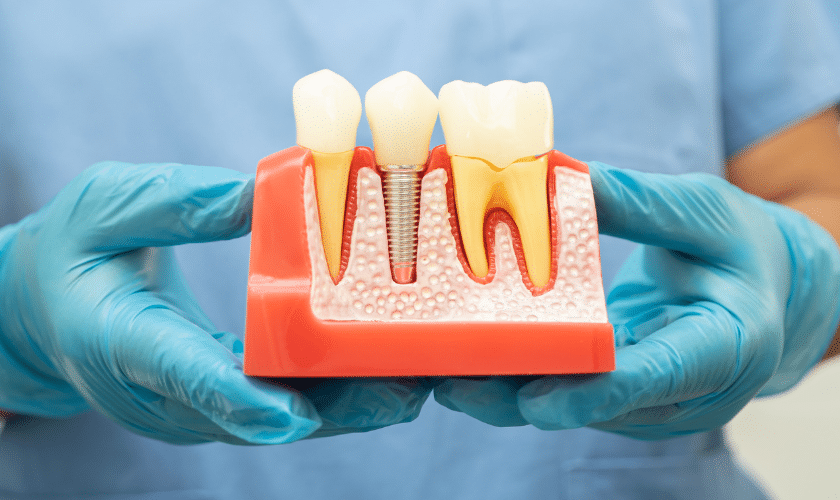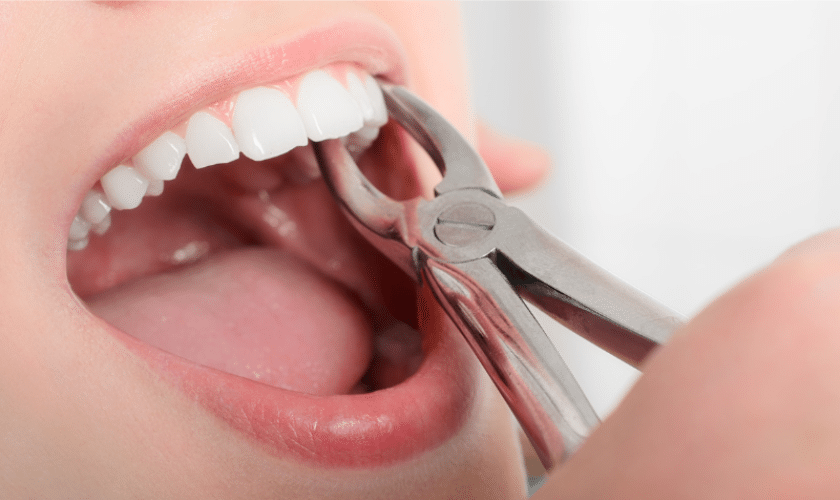Keeping your smile bright and healthy requires more than just daily brushing and flossing. Regular dental cleanings are crucial for preventing cavities, gum disease, and other oral health concerns. But did you know there are different types of cleanings tailored to meet various needs? Let’s delve into the world of teeth cleaning and uncover the unique benefits each type offers.
Prophylaxis Cleanings
Prophylaxis cleanings are what most people consider a standard dental cleaning. This routine procedure is designed for individuals with generally healthy mouths and no significant periodontal disease.
- Procedure: A dental hygienist will use specialized tools to remove plaque and tartar from your teeth, especially in hard-to-reach areas. This cleaning is followed by tooth polishing, which helps remove surface stains and leaves your teeth looking brighter.
- Frequency: Typically recommended every six months.
- Benefits: Helps prevent cavities, maintain gum health, and keep your smile looking its best.
Scaling and Root Planing
Also known as deep cleaning, scaling and root planing is a more intensive procedure aimed at treating gum disease and preventing it from progressing.
- Procedure: This two-step process involves scaling, where the dental hygienist removes plaque and tartar from above and below the gum line. Root planing smooths the tooth roots to help gums reattach to teeth and reduce pocket depth.
- Frequency: Frequency varies based on the severity of gum disease but often recommended periodically until the condition is under control.
- Benefits: Essential for managing and reversing early stages of gum disease, preventing tooth loss, and improving overall oral health.
Periodontal Maintenance
Once you’ve had scaling and root planing, regular periodontal maintenance is crucial for keeping gum disease at bay.
- Procedure: Similar to prophylaxis cleanings but with a focus on maintaining the health of the gums. It includes removing plaque and tartar from above and below the gum line and monitoring the health of your gums.
- Frequency: Typically every three to four months, depending on your dentist’s recommendation.
- Benefits: Prevents the recurrence of gum disease, keeps bacterial growth under control, and supports long-term oral health.
Gross Debridement
Gross debridement is a preliminary procedure for individuals who have not had regular dental care and have significant plaque and tartar build-up.
- Procedure: The dental hygienist uses an electric scaler to remove heavy deposits of plaque and tartar from the teeth and gums. This process is often followed by a more thorough cleaning once the major buildup is removed.
- Frequency: Usually a one-time procedure, followed by regular cleanings.
- Benefits: Clears severe buildup, allowing for better subsequent cleanings and assessments, improving oral hygiene drastically.
Polishing
While not a standalone cleaning, polishing is an essential component of dental cleanings that enhances the aesthetic and hygienic aspects of your teeth.
- Procedure: After plaque and tartar are removed, your dentist will use a special paste and a high-powered brush to polish your teeth. This step helps remove surface stains and makes it harder for plaque to accumulate.
- Frequency: Part of every dental cleaning visit.
- Benefits: Leaves teeth looking shinier and smoother, contributing to a brighter smile and fresher breath.
Air Abrasion
Air abrasion is a less common but highly effective method for removing stains and small areas of decay without the need for anesthesia.
Procedure: A stream of air mixed with tiny abrasive particles is directed at the teeth to remove decay and surface stains. This technique is gentle and minimizes discomfort.
Frequency: As needed, depending on the presence of stains or minor decay.
Benefits: Minimally invasive, reduces the need for drills, and can be an alternative for patients with dental anxiety.
Laser Cleaning
Laser cleaning is an advanced dental cleaning method that uses laser technology to target and remove tartar and bacteria.
- Procedure: A laser device is used to kill bacteria and remove tartar buildup with precision. This method is less invasive and can be more comfortable than traditional cleaning techniques.
- Frequency: Based on individual needs and the presence of periodontal disease.
- Benefits: Reduces bleeding and swelling, promotes faster healing, and is highly effective in treating gum disease.
Maintaining Your Clean Smile
To keep your mouth healthy between dental visits, follow these tips:
- Brush and Floss Daily: Use fluoride toothpaste and floss daily to remove plaque and prevent buildup.
- Healthy Diet: Limit sugary foods and drinks, and incorporate plenty of fruits, vegetables, and water.
- Avoid Tobacco: Smoking and other tobacco products can stain your teeth and increase your risk of gum disease.
- Regular Check-Ups: Visit your dentist regularly to catch any issues early and ensure your teeth stay in top condition.
Dental cleanings are an essential part of your overall healthcare routine. By understanding the different types of cleanings and what to expect, you can ensure that your teeth and gums stay healthy and strong. If you have any concerns or need to schedule your next cleaning, don’t hesitate to reach out to your Oak Park dentist for personalized care and guidance.

